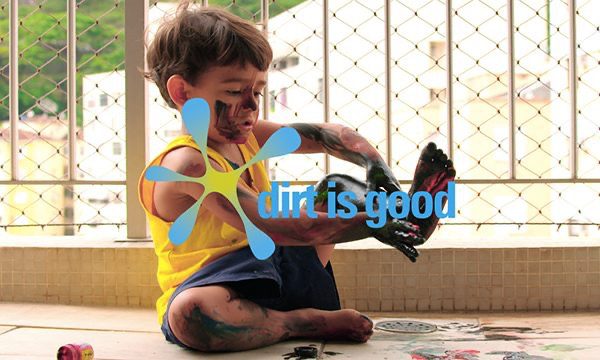Heroes, Villains and Catastrophe – Why Storytelling Sells
In our previous blog post, we looked at how storytelling can influence everything from brand story to design strategy. You can read more about the science of storytelling in this article, but for now, let’s figure out how you can apply the basics to your brand and learn how character and crisis are powerful tools in your storytelling toolbox.
Who cares about your message?
Great drama doesn’t exist without great characters. Whether you’re empathising with Hannibal Lector or Peter Parker, if you care about the character, you’ll stick around. The people in your story are your messengers, so if we don’t care about them, why should we care about the message?
Alfred Hitchcock said, “The more successful your villain, the more successful the picture”. While this doesn’t mean your ‘story’ has to have a bad guy, it does mean that your characters must have substance. When you build your brand story or next campaign, consider the characters at the heart of the story and how to bring out their most interesting traits.
Choosing a great messenger
John Yorke, who literally wrote the book on storytelling says, if there’s nothing to offend us, “then there’s certainly nothing to attract our attention either.” He believes it’s “the rough edges, the darkness” that draws us in. We might not want to admit it, but we all have a dark corners and while it’s rarely the obvious route when it comes to promoting your brand, it’s worth keeping in mind that ‘nice’ doesn’t always win hearts.
Remember Walter White from Breaking Bad? Such a deeply flawed character and so full of conflict but one of television’s most beloved characters. And don’t forget Cersei Lannister, Hannibal Lector and who doesn’t love the Joker? The beloved baddie is a little harder to find in advertising. While there’s been more than a few ads that didn’t quite manage to capture the allure of the baddie, Jaguar’s Good to be Bad campaign is a sterling example of how the bearer of your message doesn’t always have to be nice.

Find the crisis in your call to action
Creating a narrative is one of the best ways to persuade your audience to believe what you’re saying, and the key element to writing a good story is known as ‘the inciting incident.’
Yorke describes an inciting incident as the crisis of the story, or the problem that needs to be solved. The inciting incident is the moment your character is faced with an obstacle and forced to ask themselves the most important question, ‘what kind of person am I?’
In an ad campaign or brand story, it’s this crisis that provides the opportunity for your brand to provide the solution; it’s the ‘why’ behind your product/service.
Persil’s Dirt is Good campaign demonstrates a shrewd use of crisis. Persil insinuate their brand as a hero solution to the widespread concern that children aren’t playing outside enough.
A well-crafted, imaginative or dynamic inciting incident can lead to an equally excellent Call to Action. Give your audience to a reason to click, buy or call; give them a reason to care.

Story creates meaning
It’s a well-documented fact that when a person reads, sees or hears a well-told story, their brain reacts as if they are experiencing it themselves.
Stories have a unique ability to build connections and a great creative agency knows how to tap into this super power to create better, more engaging results.
Let's start something
Want to talk to us about a project?
Just get in touch, we'd love to chat.
Send an email to hello@fluroltd.com
Ring on 01628 525 449
